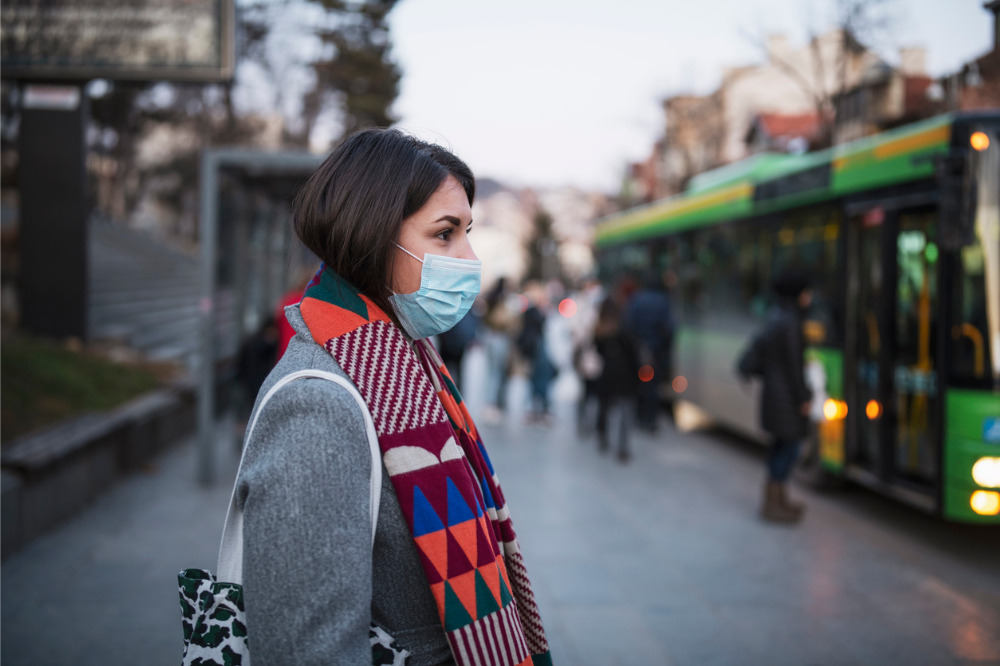New Zealand on moving to orange: ‘Now’s not the time’

“But while the drop in cases is mainly in Auckland and Wellington, other places aren’t yet in the same position,” said Hipkins. “Hospitalisations have dropped in Auckland, but continue to plateau in regions like Canterbury, Waikato, and Northland.
“As a result, the public health advice is that it is not yet the time to ease the existing restrictions and drop down to orange. Ministers will review these settings again next week.”
My Vaccine Pass, meanwhile, ceased to be a requirement from today.
Referring to the pass, Hipkins declared: “This was an extremely useful tool while we were getting the country vaccinated and in our fight against Delta, but with around 95% of the eligible adult population at least double-dosed, we no longer need this.”
Venues and events, however, are at liberty to continue using the system if they opt to.
“Government vaccine mandates for all sectors except health and care workers, prison staff, and border workers will be removed from tonight (11:59pm April 04),” said the minister.
“They remain for health and care workers and prison staff because they come into contact with a lot of people who are at high risk of serious illness from COVID-19, and for our border workers because they are the first people who would likely be exposed to any new variant of concern that emerges internationally.”
Under the ‘red’ traffic light, he reiterated, face masks are worn in most indoor settings while capacity is limited to 200 people.
Hipkins stated: “Next to being vaccinated and having a booster, face masks are our best defence against COVID-19. Wearing them can reduce new cases of the virus by as much as 53%. That means by putting on a face mask you are contributing to lowering our case numbers, lowering the numbers of people in hospital, and lowering the number of deaths.”
The number of cases in hospital, as of the Monday update, stood at 734.
During Monday’s post-Cabinet briefing, Ardern echoed Hipkins’ pronouncements.
The Prime Minister went on to assert: “We’re doing well, but we’re still in a large Omicron outbreak in New Zealand. And while we’re moving in the right direction, we’re not out of the woods yet. And so, for now, New Zealand will remain at red.”
The next traffic lights setting review will be before Easter, on Thursday, April 14.
“I know there is an eagerness to move to orange,” added Ardern, “but we are still, frankly, amid an outbreak and there is still pressure across our hospital network.
“Ninety-eight per cent (98%) of all COVID cases to date have occurred in the past 90 days, and with the wave moving down the country still, we need to be mindful of the pressure on healthcare nationally. We also need to help the system recover and be ready for the expected winter surge.”
According to the Ministry of Health, of the cases in hospital, 28 are in Northland; 111, Waitemata; 131, Counties Manukau; 108, Auckland; 75, Waikato; 37, Bay of Plenty; 14, Lakes; 3, Tairāwhiti; 33, Hawke’s Bay; 21, Taranaki; 5, Whanganui; 20, MidCentral; 2, Wairarapa; 21, Hutt Valley; 16, Capital and Coast; 13, Nelson Marlborough; 49, Canterbury; 9, South Canterbury; 5, West Coast; and 33, Southern.
The government, on Monday, also reported: “Vaccines administered to date: 4,025,670 first doses; 3,974,925 second doses; 34,383 third primary doses; 2,589,237 booster doses; 259,478 paediatric first doses; and 90,890 paediatric second doses.
“As restrictions around the [My Vaccine Pass] ease,” said the ministry, “it is important for people to continue to follow public health advice to stay at home, away from school or work if you’re feeling unwell. Another way to protect you and your whanau is to get vaccinated if you haven’t already done so.”





